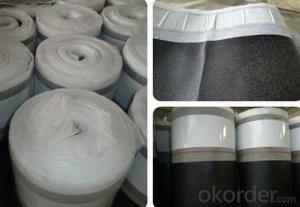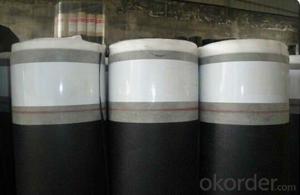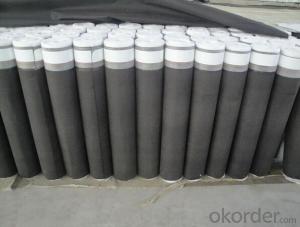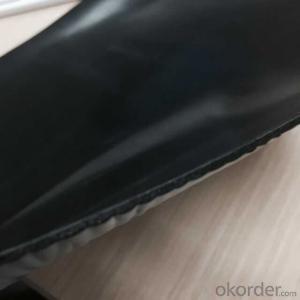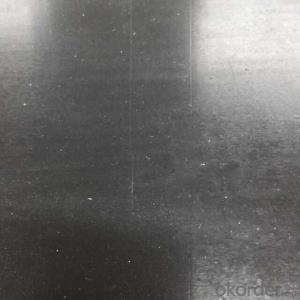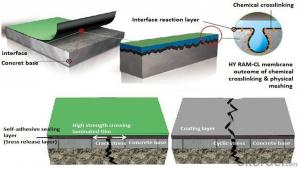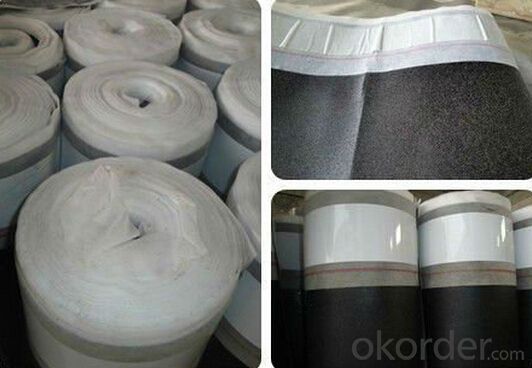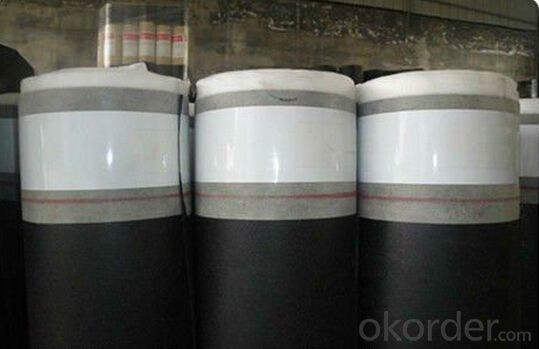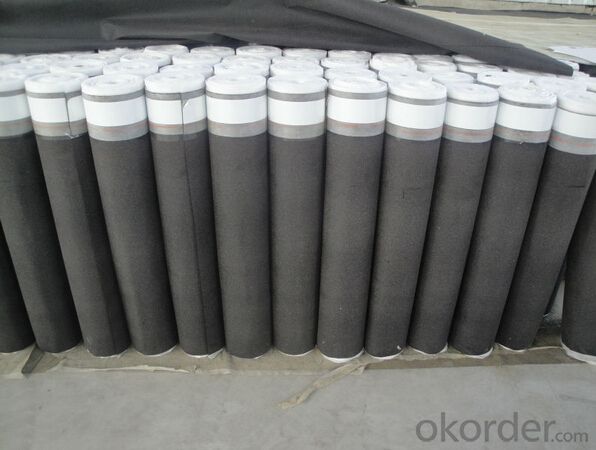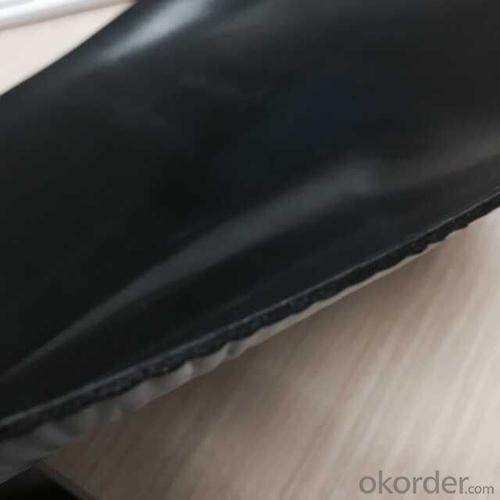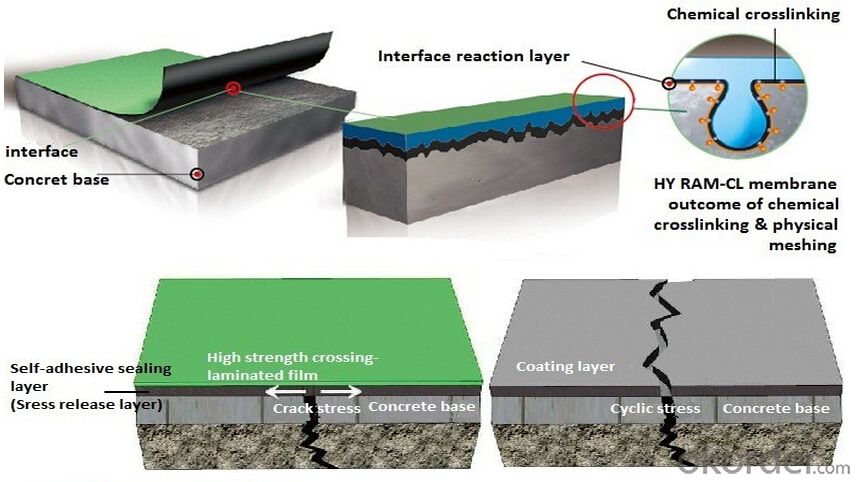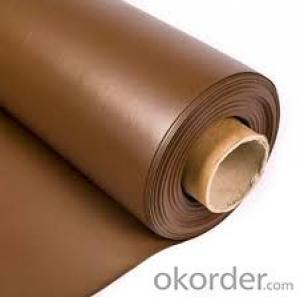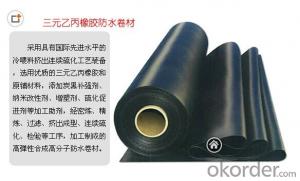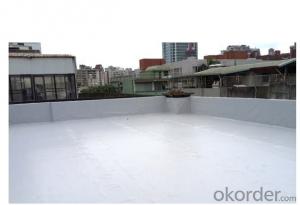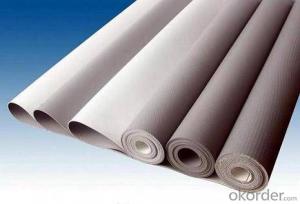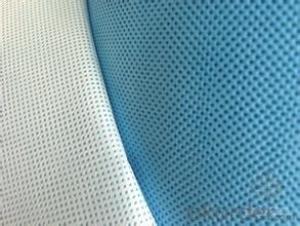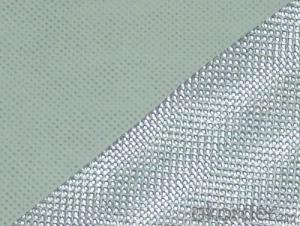Self-adhesive Ridge Ventilation Membrane for Roofing
- Loading Port:
- Qingdao
- Payment Terms:
- TT OR LC
- Min Order Qty:
- 2000 m²
- Supply Capability:
- 60000000 m²/month
OKorder Service Pledge
OKorder Financial Service
You Might Also Like
Specifications:
Introduction Self-adhesive Ridge Ventilation Membrane for Roofing:
SBS(Styrene Butadiene Styrene) /APP (Atactic Polypropylene) modified bitumen membrane is made by saturating the base in bitumen, or thermoplastic elastomer (such as SBS, APP, APAO, APO), reinforced with polyester or fiberglass, finishing the upward face with polythene membrane, fine sands or mineral slates (or grains) or etc.
Specification Self-adhesive Ridge Ventilation Membrane for Roofing:
Thickness | 3mm, 4mm, 5mm |
Width | 1m |
length | 7.5m, 10m, 15m, or on demand |
Base | Polyester or Fiberglass felt |
Surface | PE film, Aluminum foil, Yellow sand, Shale gravel(Schist), colored sand |
Type | could self-adhesive |
Notice | SBS modified bitumen membrane is specially applied in the cold district, APP modified bitumen membrane is more suitable for hot district with high temperature. could be self-adhesive modified bitumen membrane |
Applications Self-adhesive Ridge Ventilation Membrane for Roofing:
-Roof and underground in industrial and civil buildings;
-Bridge, subway, tunnel, swimming pool, etc.
-Waste landfill, sewage plant, irrigation system, etc.
-Self-adhesive Modified Bitumen Waterproof Membrane
-Easy applying and economic on the cost saving
Advantage Self-adhesive Ridge Ventilation Membrane for Roofing:
-Non-solidified, excellent elastic deformation,thus have good noise reducing;
-Easy applying and economic on the cost saving.
-Good performance on waterproof and economic sound damping.
Picture:
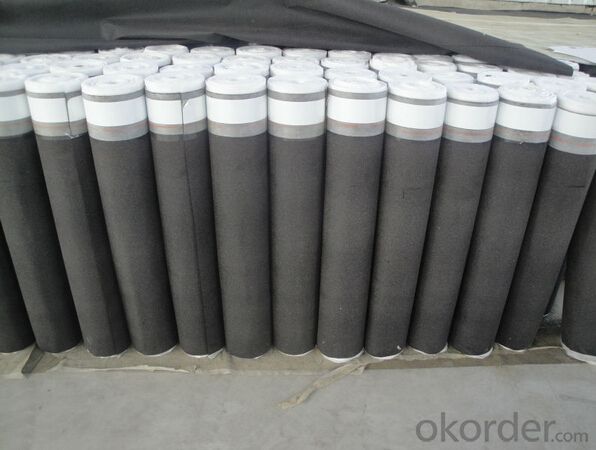
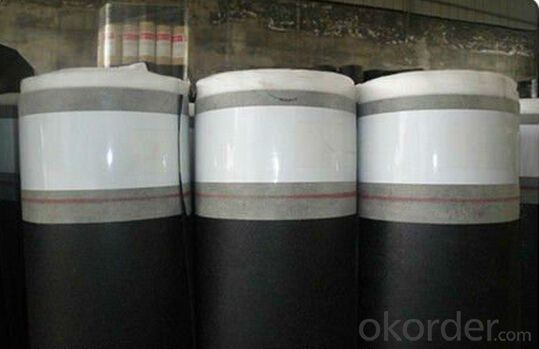
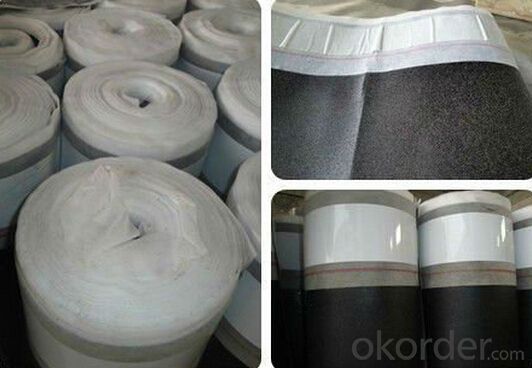
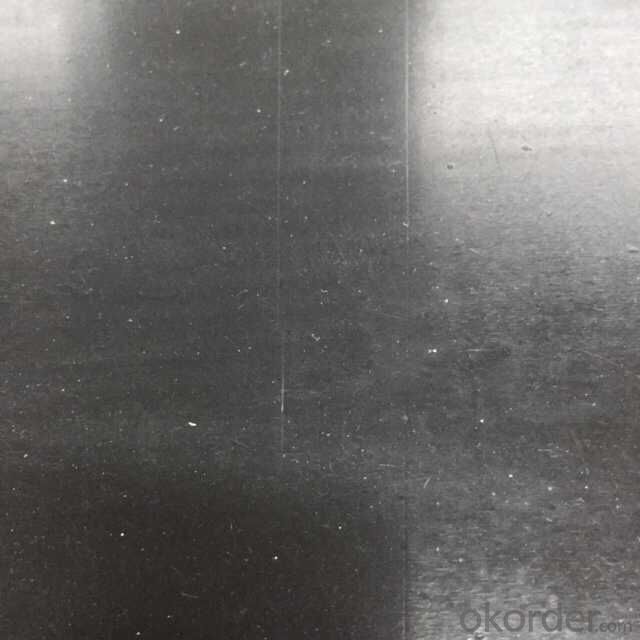
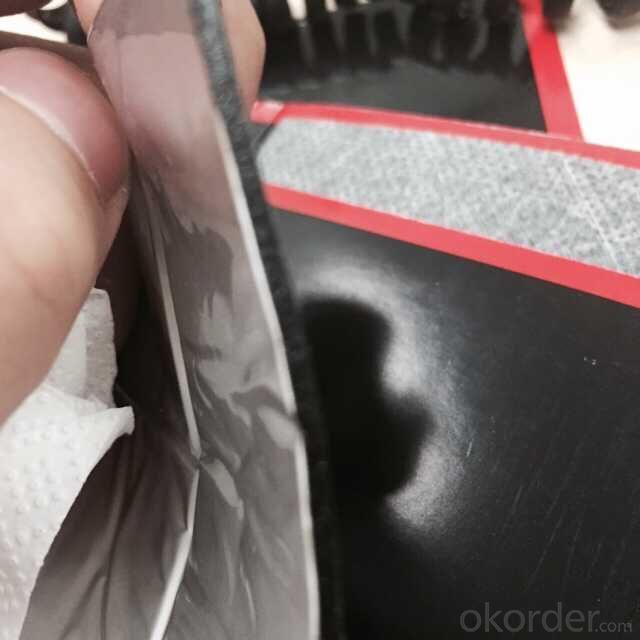
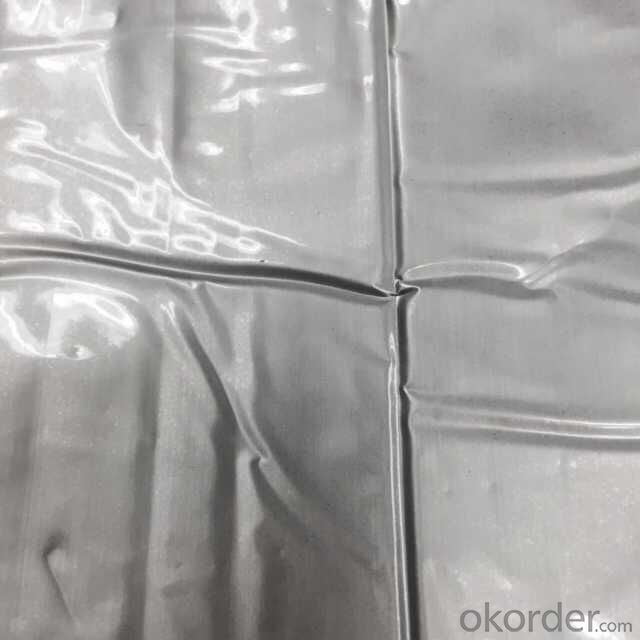
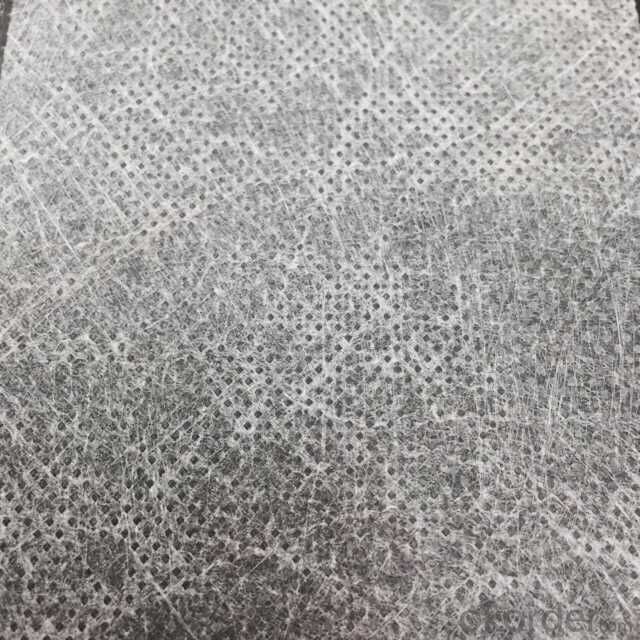
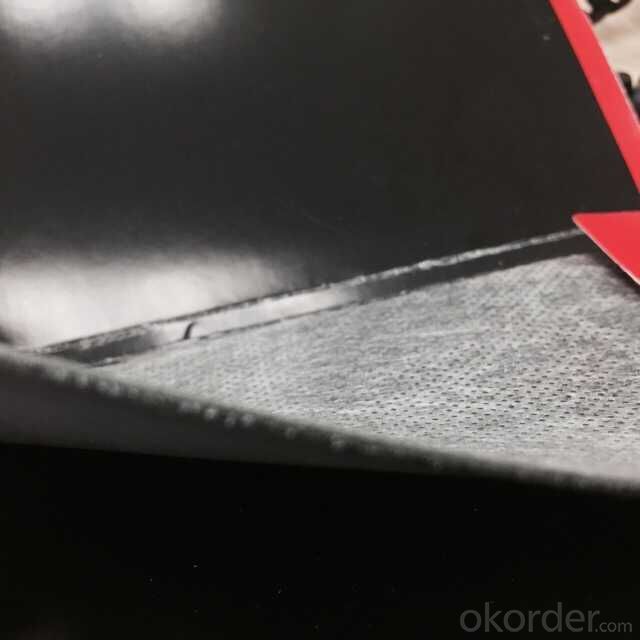
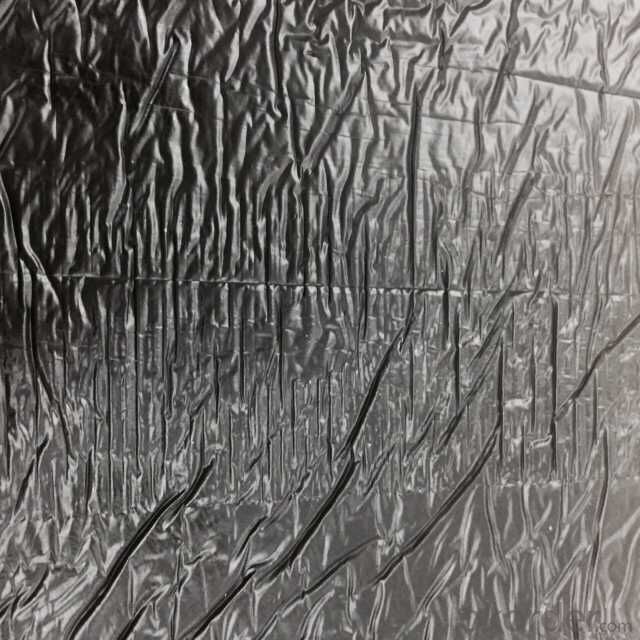
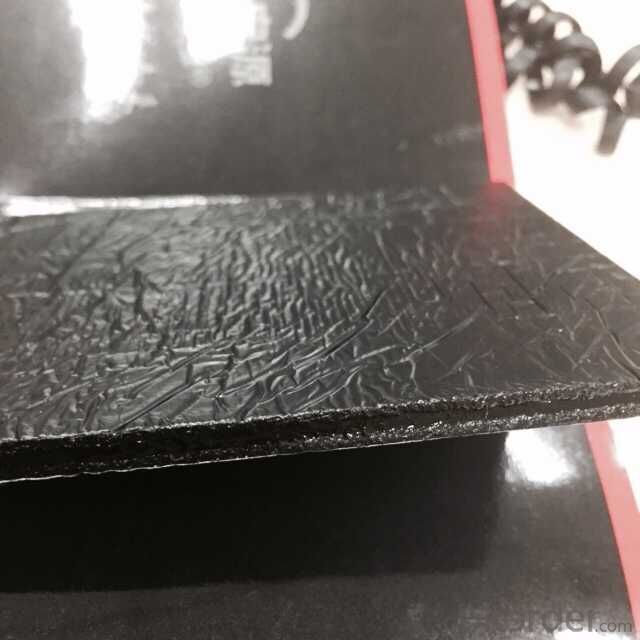
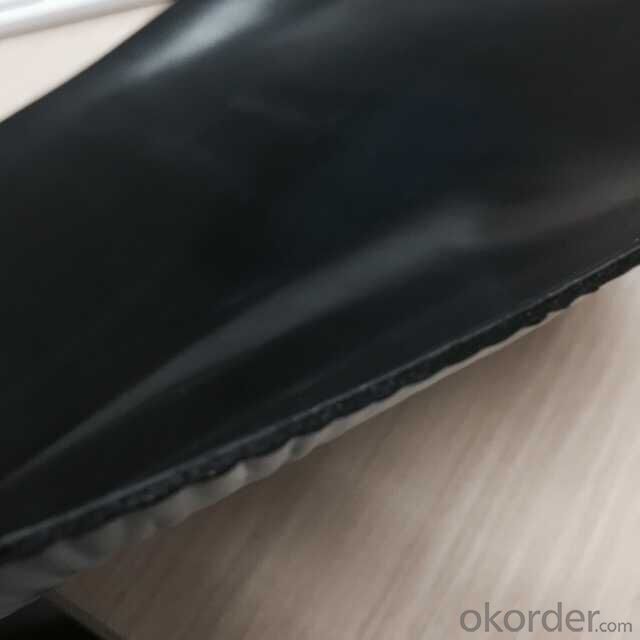
Storage Self-adhesive Ridge Ventilation Membrane for Roofing:
Shelf life is 12 months. Store in a cool and dry place with original packing.
Breathable Waterproof Roof Underlay membrane (PP-PP,S-PP,S-S)
Permeable membrane is polymer modified asphalt based, with surface of high strength polypropylene fiber. Back side coated with self adhesive glue or antiskid sand. Made by special process. With excellent waterproof performance and breathable properties.\
Description | Specification | Width | Length | Thickness | |
Roof underlay | 500g/m2PP—PP | 1000mm | 30m | 0.8mm | |
600g/m2S—PP | 1000mm | 25m | 1.0mm | ||
1500g/m2S—S | 1000mm | 20m | 1.3mm | ||
Roof underlay with adhesive band | 500g/m2PP—PP | 1000mm | 30m | 0.8mm | |
600g/m2S—PP | 1000mm | 25m | 1.0mm | ||
1500g/m2S—S | 1000mm | 20m | 1.3mm | ||
It is used as the underlayment of cement tile, painted pottery watts and asphalt shingle. Also suitable for all kinds of architectural roofing, walls, underground waterproof and damp proof project.
Features:
It has good waterproofing and ageing-resistance function,not flowing at highest temperature and no crack at lowest temperature;
Easy application,no pollution,and long service life etc.
Usage:
It is widely used for industry and civil building --- the waterproof and dampproof of the roofs,basements,toilets etc;and the waterproofing of bridges,parking area,tunnels,reserviors etc.
It is specially suitable to the building waterproofing in cold area and to the buildings of changeable constructions.
Requirements for surroundings
-The base should be dry and clean. Do not work in the rainy or snowy day.
-Do not work under heavy wind(above 5 grade)
-Unsuitable for construction below 0°C
FAQ:
1. What are we supplying?
We are specialized in producing Colorful Asphalt Roof Shingle, SBS/APP modified bitumen waterproof membrane, Self adhesive bitumen waterproof membrane, PVC waterproofing membrane, EPDM rubber roofing membrane, Single Component Polyurethane Waterproof Coating, and Spray Polyurea Waterproof Coating
2. How Many years experience do we have?
We have been exported to more than 20 countries in the past 15 years.
3. How long do we usually reply your request?
We always reply our customer within 24 hours.
- Q: Can a waterproofing membrane be used in mining or excavation projects?
- Yes, a waterproofing membrane can be used in mining or excavation projects. Waterproofing membranes are designed to prevent the penetration of water or other liquids, making them suitable for protecting underground structures, tunnels, or mining areas from water ingress. They can help to maintain the stability and integrity of the excavation site, preventing water-related damages and ensuring safety.
- Q: Can a waterproofing membrane be used for seawalls or bulkheads?
- Seawalls or bulkheads can benefit from the use of a waterproofing membrane. These membranes are specifically designed to create a barrier against water, and they can be applied to various structures, including seawalls and bulkheads. The materials used for these membranes, such as bitumen, rubber, PVC, or polyurethane, are known for their excellent resistance to water and their ability to maintain the integrity of the wall or bulkhead. By applying the membrane to the surface of the structure, a continuous and durable waterproof layer is formed, effectively preventing water from seeping through. This protective layer helps safeguard the seawall or bulkhead from erosion, corrosion, and other types of damage caused by exposure to seawater. Moreover, waterproofing membranes offer additional advantages, including increased durability, improved aesthetics, and enhanced resistance to UV rays and chemicals. In conclusion, the use of a waterproofing membrane is a reliable solution for ensuring the long-term performance and durability of seawalls and bulkheads in marine environments.
- Q: Can a waterproofing membrane be used for foundation repair?
- Yes, a waterproofing membrane can be used for foundation repair. Waterproofing membranes are commonly used to prevent water intrusion and can be applied to foundation walls to seal any existing cracks or gaps, preventing further damage or leaks. Additionally, they can help improve the overall strength and durability of the foundation, providing long-lasting protection against water damage.
- Q: Can a waterproofing membrane be used for foundation waterproofing?
- Foundation waterproofing can be achieved by utilizing a waterproofing membrane. This thin layer of material serves the purpose of preventing water penetration into the foundation walls. Typically composed of a flexible material like rubber or plastic, it is applied to the exterior of the foundation. The membrane acts as a barrier, effectively stopping water from seeping into the foundation and causing harm. Installation involves applying a layer of adhesive to the foundation walls and then rolling the membrane onto the adhesive. For a watertight seal, the seams of the membrane are usually sealed using special tape or adhesive. Employing a waterproofing membrane for foundation waterproofing is an effective method of safeguarding the foundation against water damage. It helps to prevent problems such as leaks, cracks, mold growth, and structural damage that can occur due to water infiltration. It is worth noting that while a waterproofing membrane is a valuable component of foundation waterproofing, it should not be the sole measure taken. Proper drainage, grading, and foundation construction are also crucial factors in preventing water damage. Therefore, consulting with a professional to determine the optimal combination of waterproofing methods for your specific foundation is strongly recommended.
- Q: Can a waterproofing membrane be used for podium decks and plaza areas?
- Yes, a waterproofing membrane can be used for podium decks and plaza areas. Waterproofing membranes are designed to provide a protective barrier against water and moisture, and are commonly used in a variety of applications including roofs, basements, and decks. Podium decks and plaza areas are also exposed to water and weather elements, making them suitable candidates for waterproofing membrane installation. The membrane acts as a waterproof layer, preventing water from penetrating the underlying structure and causing damage. It also helps to maintain the integrity and longevity of the deck or plaza by protecting it from moisture-related issues such as leaks, mold, and deterioration. Additionally, waterproofing membranes are available in various types and materials, allowing for flexibility in choosing the most appropriate membrane for the specific project requirements.
- Q: Does a waterproofing membrane require a protective layer?
- A protective layer is necessary for a waterproofing membrane. It has various functions. Firstly, it prevents damage to the membrane during and after installation by acting as a barrier against sharp objects, construction debris, and potential punctures. Additionally, the protective layer distributes loads evenly and provides stability to the membrane, reducing the risk of damage from foot traffic or heavy equipment. Moreover, the protective layer acts as a shield against UV rays, which can degrade the membrane over time and cause reduced effectiveness and potential leaks. It also helps regulate temperature fluctuations that can stress the membrane and compromise its waterproofing capabilities. To summarize, a protective layer is crucial for the durability and performance of a waterproofing membrane. It safeguards against physical damage, UV radiation, and temperature fluctuations, ensuring the membrane effectively keeps water out and maintains the integrity of the protected structure.
- Q: Are waterproofing membranes resistant to hydrostatic pressure?
- Yes, waterproofing membranes are designed to be resistant to hydrostatic pressure.
- Q: Can a waterproofing membrane be used for retaining walls?
- A waterproofing membrane is suitable for retaining walls as it helps to prevent water from penetrating and causing damage or structural failure. These membranes, made of materials like rubber, PVC, or bituminous compounds, are installed on the inner side of the retaining wall to create a barrier against water infiltration. In addition to protecting the wall's stability, some membranes also offer resistance to root penetration, UV protection, and flexibility to accommodate movement. However, it is crucial to consider factors such as the type of retaining wall, water pressure, and local climate conditions when selecting the right waterproofing membrane. It is advisable to consult with a professional engineer or contractor to ensure the most suitable waterproofing solution for your specific retaining wall project.
- Q: Can waterproofing membranes be used on buried pipelines?
- Yes, waterproofing membranes can be used on buried pipelines. These membranes create a barrier that prevents water from infiltrating the pipeline, protecting it from corrosion and other forms of damage.
- Q: How does a waterproofing membrane handle settlement cracks?
- A waterproofing membrane is designed to handle settlement cracks by providing a flexible and seamless barrier over the surface. This membrane can stretch and move with the structure, preventing water from entering through the cracks and causing damage.
Send your message to us
Self-adhesive Ridge Ventilation Membrane for Roofing
- Loading Port:
- Qingdao
- Payment Terms:
- TT OR LC
- Min Order Qty:
- 2000 m²
- Supply Capability:
- 60000000 m²/month
OKorder Service Pledge
OKorder Financial Service
Similar products
Hot products
Hot Searches
Related keywords
